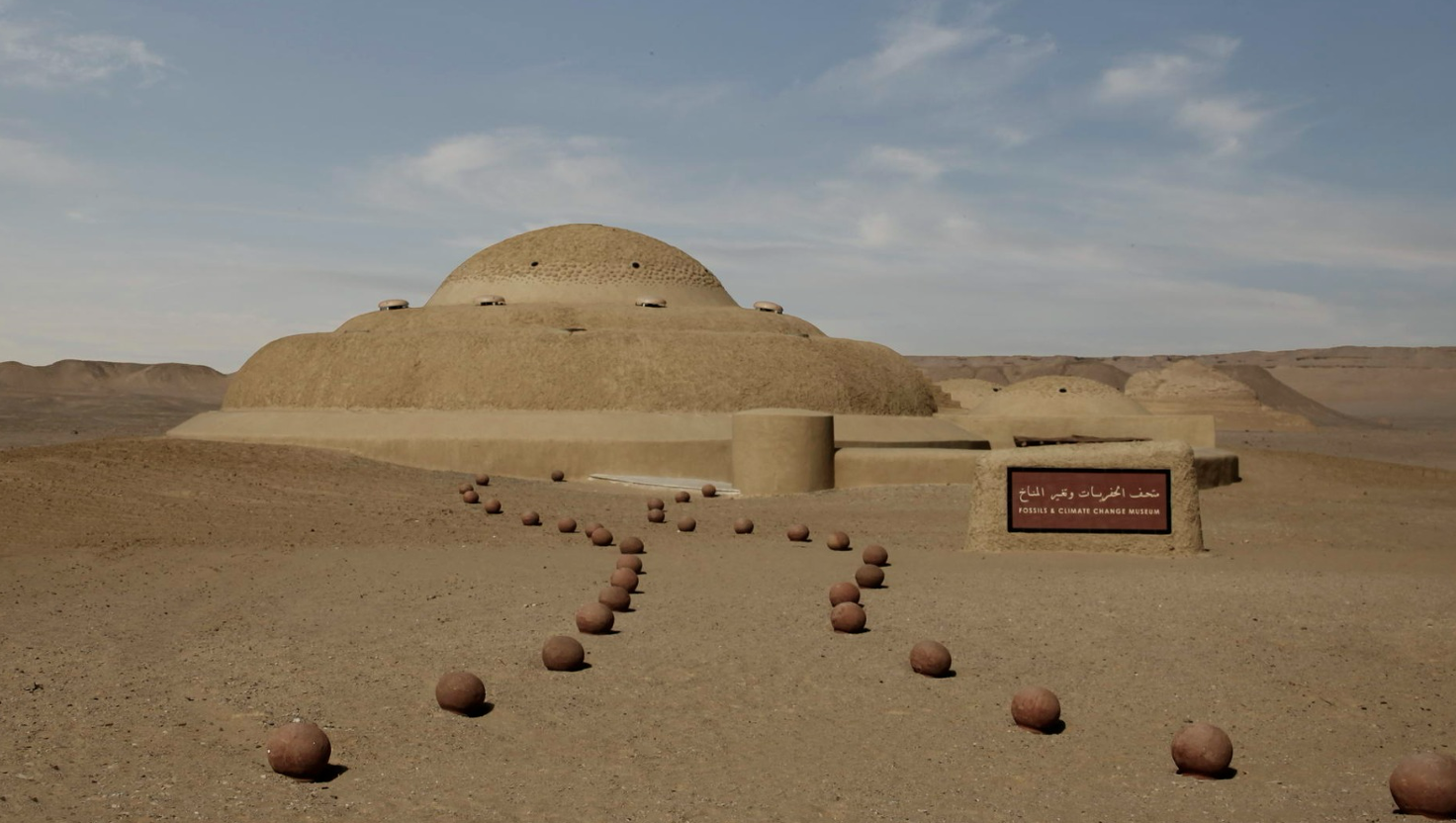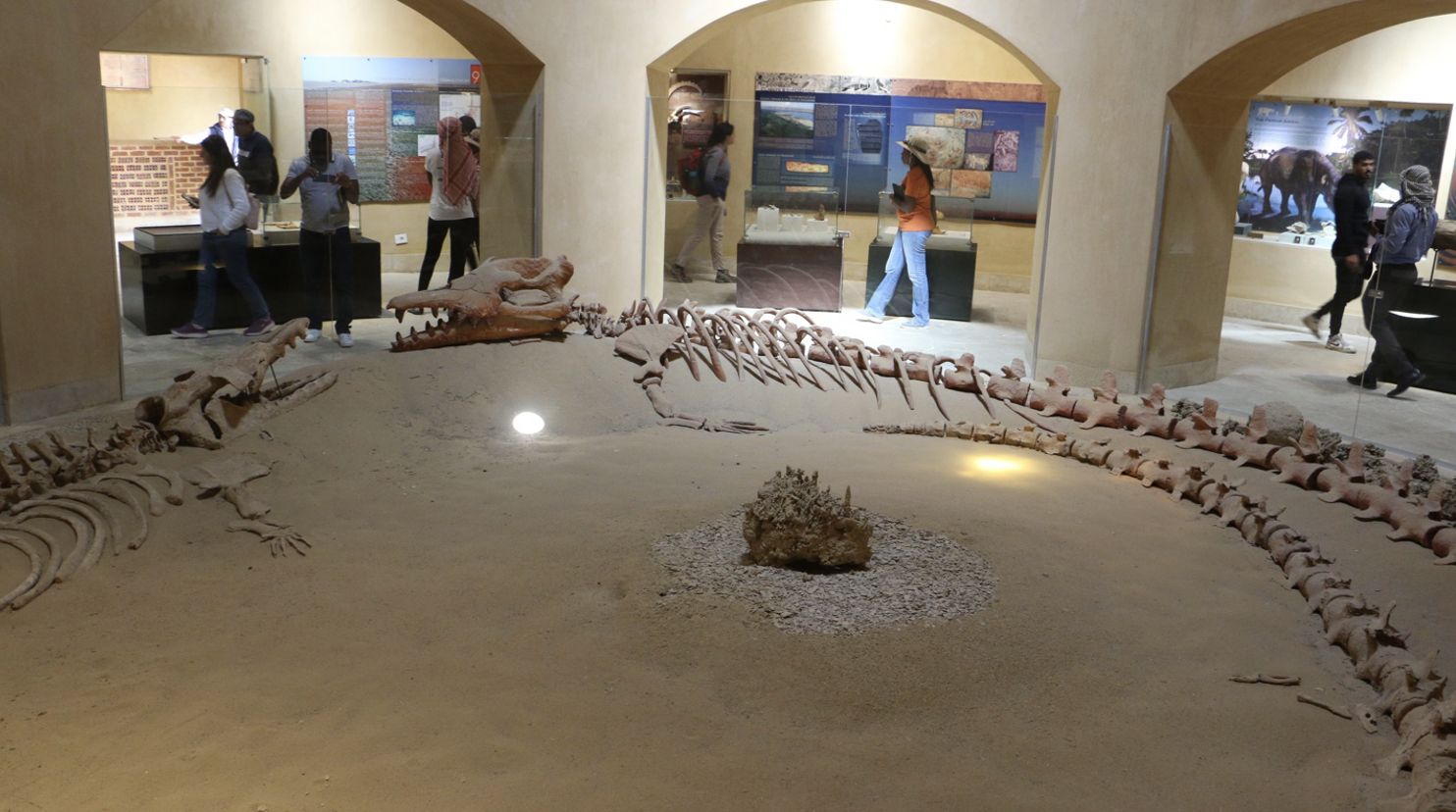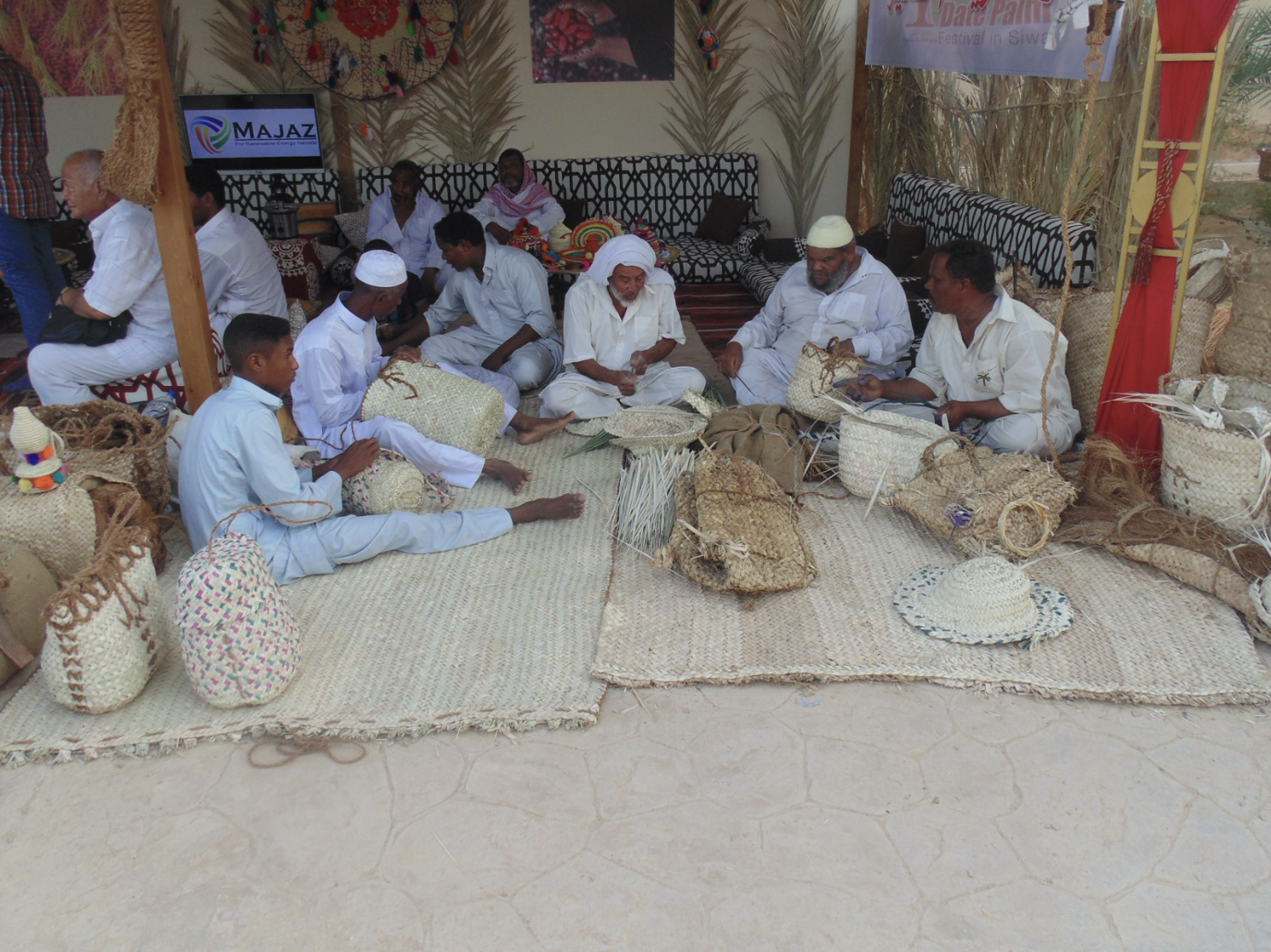
A few hours’ drive from Cairo a natural treasure awaits - outdating anything from the age of the Pharaohs. Wadi-al-hitan (the Valley of the Whales) showcases ancient skeletons found in the desert from an ancestor of modern-day whales. They remain from a time when this stretch of desert was actually a sea. It lies at the heart of Wadi El-Rayan Protected Area, established in 1997 and classified a UNESCO world Heritage site. Visitors are unaware this relatively new tourist attraction was financed through a debt swap arrangement helping to create a new tourist attraction, jobs and revenue, while protecting the surrounding ecosystem in the process.
Increasingly, insurmountable debt levels present a primary development challenge for developing countries. A significant portion (commonly up to 20% of their revenues), is allocated to debt repayments rather than urgent priorities like social spending, infrastructure development, and climate and nature-focused investments[1]. In 2021, global indebtedness reached a record US$ 235 trillion[2], as economic impacts from the COVID-19 pandemic prompted the biggest one-year surge in borrowing since the second world war.
Debt swaps can serve as a multifaceted tool to alleviate these financial burdens. They can do much more than that. They can help create jobs, save endangered species and strengthen economic ties between nations. A “Debt Swap" is a financial arrangement where a government or entity from a creditor nation forfeits a portion of a developing country's external debt. In return, the debtor government commits to investing national currency in specified programs. The debt swap concept can be seen as a type of foreign assistance extended by creditors, either commercial institutions or governments providing credit, to support the development of the debtor country. Debt swaps can take several forms and offer flexibility in addressing diverse challenges, ranging from economic development to environmental conservation and public health improvements.
In Egypt, where external debt accounted for 35.5% of the country's GDP by December 2022[3], debt- swaps emerged as a strategic tool to address economic and development challenges. In the 1990s and early 2000s, Egypt signed debt swap agreements with France, Switzerland, and Germany. In 1994, Egypt and France exchanged debts totaling FRF 58 million, with the Social Development Fund, utilizing the equivalent in EGP for development projects focused on job opportunities and heritage handicrafts. A similar agreement was reached with Switzerland in 1995, allocating CHF 150 million to the Egyptian Swiss Fund for Development, supporting projects in job creation, income growth, and improve the environmental and social situation through public health. Part of the fund was managed by NGOs, contributing to sustainable initiatives in water, sanitation, and microcredits. In 2001, Egypt and Germany entered a debt swap for EUR 204.5 million, channeling 50% to poverty reduction through financing public works programs and the remaining 50% to the state budget, with the process organized into eight stages to ensure Egypt met its obligations[4]. In 2023 Egypt and Germany signed a debt-swap agreement relieving Egypt of a EUR 54 million debt burden, supporting Egypt's green energy transition[5].

Under the Italy-Egypt debt swap program, three agreements were signed in 2001, 2007, and 2012, amounting to a total value of US$349 million. These agreements involved the exchange of debt for financing development projects in priority sectors such as environmental protection, health, food security, rural development, poverty reduction, and support to NGOs. The funds generated from these swaps were used to finance numerous projects across various governorates. The latest phase, based on the 2012 agreement, resulted in a total counter value in local currency of LE 926 million. The funds are allocated for initiatives focusing on nutrition and food security, education and vocational training, and environment and cultural heritage. A percentage of the funds is reserved for covering operational costs and technical assistance activities managed through a dedicated Technical Support Unit[6].
One of the programmes implemented under this swap was the UNDP-managed Support to the Egyptian Protected Areas (SEPA) project (2013 - 2016), with a total budget of around EGP 11 million. It covered three protected areas: Siwa, Wadi El Rayan, and Wadi El Gemal. The crowning achievement was the creation of the Wadi El Hitan Fossil and Climate Change Museum in Wadi El Rayan Protected Area. It holds the distinction as the first museum in the Middle East dedicated to fossils, showcasing a unique collection including an early form of whales, a display unparalleled anywhere else in the world.

The intervention built on indigenous knowledge of the local community, using traditional construction techniques and local labor. In its inaugural week in January 2015, the museum welcomed 15 thousand visitors. The revenue of Wadi El Rayan witnessed a substantial increase over the subsequent years, soaring from less than EGP 500 thousand to over 9 million in 2023 (from less than US$ 16 thousand to over US$292 thousand). The establishment of the museum played a pivotal role in broadening the spectrum of tourist attractions in the protected area. This, in turn, prompted the professional training of local tour guides, enabling them to serve as proficient eco-tour guides and, consequently, enhancing their livelihoods. The project assisted the handcrafts sector to enhance the livelihoods of local communities, showcasing the distinctiveness of each community. It also provided Bedouin women with new ideas, expanding their market and increasing their income from EGP 200 per month to EGP 2000 for each crafter.
“Debt for development swap is a powerful catalyst, not just in restructuring lives but in unlocking the potential for sustainable development. Meanwhile, the deployment of debt for nature swap emerges as a guardian of biodiversity, ensuring that financial restructuring becomes a cornerstone for both human prosperity and the conservation of our planet's precious natural resources” Dr Yousria Hamed - Manager of the Egyptian Italian Environmental Cooperation Project Phase 3
Debt-for-nature swaps are instrumental in addressing challenges related to biodiversity and climate change. To date they were often implemented on an ad hoc basis and on a small scale. UNDP-BIOFIN places significant emphasis on these swaps as a financing mechanism capable of mobilizing resources for biodiversity conservation. They can be particularly effective if the interventions financed under the swap have a strong revenue generation potential, thus addressing some of the root causes of the recent debt crisis, a narrow tax base and lack of diversified revenue flows.
[1] Kelly, L., Ducros, A., Steele, P. (2023) Redesigning debt swaps for a more sustainable future. https://www.iied.org/21371iied.
[2] Gaspar, V., Medas, P., and Perrelli, R. (2022) Riding the global debt rollercoaster. https://www.imf.org/en/Blogs/Articles/2022/12/12/riding-the-global-debt-rollercoaster
[3] Central Bank of Egypt (2023) External Position of the Egyptian Economy. https://www.cbe.org.eg/-/media/project/cbe/listing/research/position/external-position-82.pdf
[4] Italian Development Cooperation (2013) Evaluation Debt-for-Development Swap programme in Egypt (Phase II). https://www.oecd.org/derec/italy/Debt-Swap-Programme-Egypt.pdf
[5] German Embassy in Cairo (2003) German debt-swap of 54 million Euro fosters green energy transition in Egypt. https://kairo.diplo.de/eg-de/aktuelles/-/2604434
[6] Italian Development Cooperation (2017) The Italian-Egyptian Debt Swap Program. Available at: https://ilcairo.aics.gov.it/home/country/debt-swap/.
Categories
Archives
- décembre 2025 (1)
- novembre 2025 (5)
- octobre 2025 (6)
- septembre 2025 (2)
- août 2025 (10)
- juillet 2025 (9)
- juin 2025 (5)
- mai 2025 (8)
- avril 2025 (9)
- mars 2025 (8)